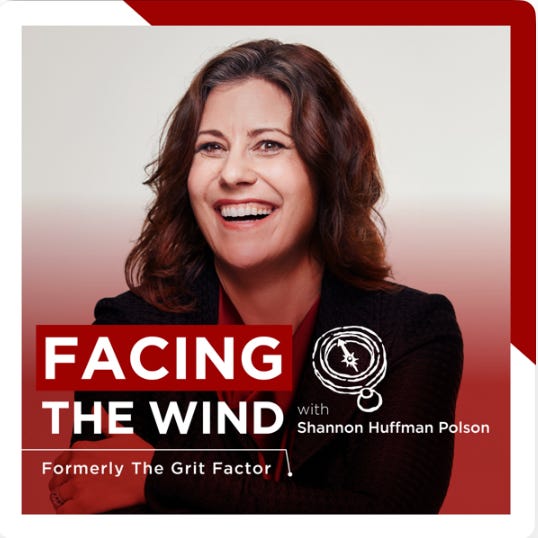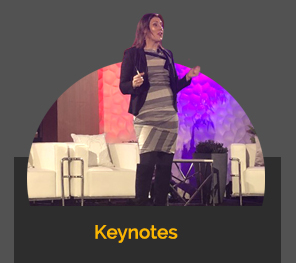December 2022
December 2022
Taking time, dwelling in time. I decided to change course for this newsletter to permit myself, and, I hope, you, to be in the time that is here. If you’re working this week— I know I have a few meetings and recordings left to do, too— I hope that you’ll give yourself the gift of simply being in time and in the moment through the holiday next week. I intend to disappear online, at least (and hope you won’t notice, because you will have, too).

Christmas is my favorite holiday of the year, and I love Hannukah, too, which I’m grateful good friends have invited us in to celebrate with them, a fitting celebration with light in the darkness, and a time for Christians to remember that Christmas is…not yet. Our tree is smaller than usual this year, and the lights are bright in the darkness, though we won’t complete our decorating until Christmas Eve.
In the liturgical tradition of the Episcopal church, of which I’ve been a part since infancy, we do not sing Christmas carols until December 25th. We don’t decorate the church until Christmas Day (well, occasionally Christmas Eve gets everything kicked off). And then — while others are taking OUT their trees, we get 12 DAYS of Christmas to celebrate, with a final gift on January 6th, the day we recognize the arrival of the Wise Men.
The story we tell through the weeks of Advent goes back to the beginning of stories in Genesis. It reminds us that we are part, that Christmas is a part, of the great story, stories since the time that stories were told.
And when Christmas comes, well, it’s not about commercialism and tinsel. It’s not even about the details of mangers and animals. It’s about love that comes in the from of a baby born to a regular family, and how the divine is a part of this ordinary birth that happens in the darkness, outside, where things are dangerous, far from perfect, and away from home.
This season, for all I love about the celebrations, is about waiting when it’s —often— difficult, and recognizing the divine in something hidden and unexpected and yet utterly quotidian. We have friends who have just lost someone dear this season, and losses at a time of celebration can feel especially hard; or recognizing the absence of someone gone. Joy comes with layers of the realities of life, the older we get, and yet, and yet— the story of love is stronger than all of it.
In the past few years we’ve reframed and continue to reframe what matters most, refocusing on those things that bring deep meaning in our lives. Anything that has that meaning comes from story, and how we tell our stories (you know about this from Chapter 1 of The Grit Factor!)
So my wishes for you this holiday season is what theologians call kairos time— the time out of time, a season, a moment, an opportunity—contrasted with the busy and measured chronos time of our daily lives.

(a related podcast releases this week: Bishop Gretchen Rehberg and I talk about grit and taking care of people in the context of her remarkable career from firefighter and EMT, to chemistry professor and finally Episcopal priest and bishop— if you’re subscribed you’ll never miss an episode!)
A magic prompt and 8 steps to planning a remarkable 2023:
If you’re taking time to reflect and think about the new year after the last post in assessing your last year, a few ideas:
Pull our your journal with your favorite holiday tea or drink and give yourself thirty minutes to write and sketch and brainstorm. What does GREAT look like for you? (my favorite question, that came from the fabulous podcast episode with CEO Deidre Paknad). Respond to this prompt for each of the four quadrants we talked about in the last post: body, mind, heart, spirit.
Once you’ve spent time journaling, return to your thoughts and pull out two goals for each of these areas that corresponds to how it is you’ve described GREAT. Include one way you will make a specific investment in yourself this year in each area.
Reach out to a good friend or mentor and talk through your goals.
Refine your goals if necessary.
For each goal, write down the statement: I commit to ________ so that ________.
Post your goals where you can see them every day (and every week). Write these down in your planner.
Take one small (or large) action in support of each goal, today.
Last minute gifts (they’ll still arrive during the 12 Days of Christmas!)
Finally, if you’re ordering last minute gifts, you can get your copy of The Grit Factor or North of Hope either hardcover or audible or e-reader anywhere books are sold— but check out my Bookshop storefront too! Not only my books but others from women veterans, from podcast guests, and from others, all in support of your courageous life.
Order grit and courage to wear at The Grit Institute shop HERE. (Use code DECGRIT for 10% off!)
Get your Monk Manual planner for the new year through The Grit Institute’s partnership program HERE.
Sending you and yours all the very best this holiday season! I’ll see you for your fantastic 2023!
Love,
Shannon
PS: some good news reading from 2022 HERE!









